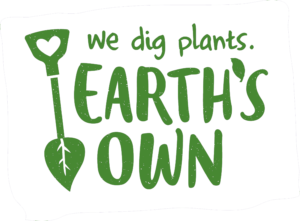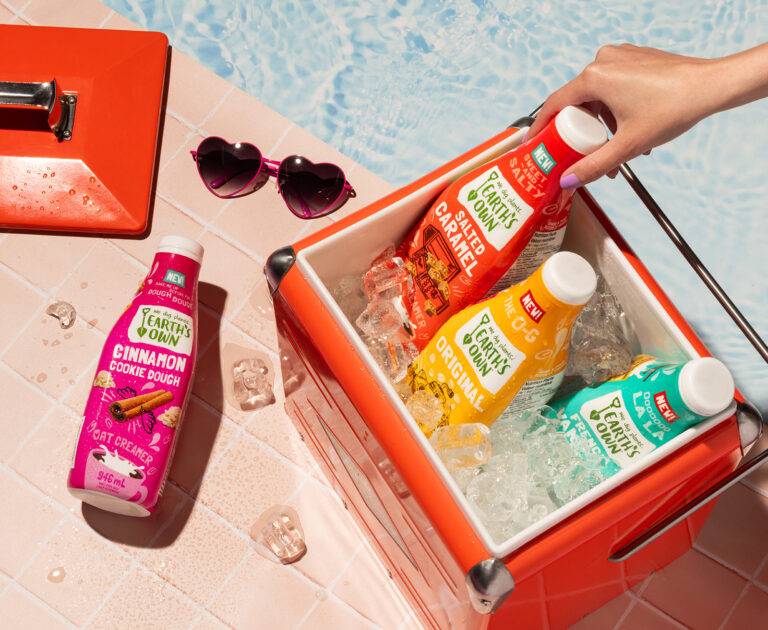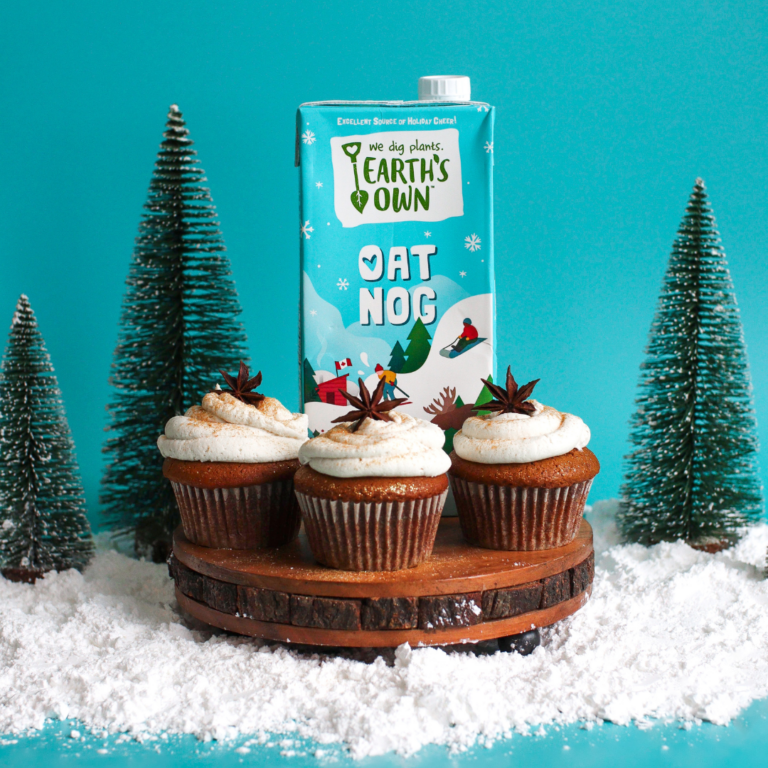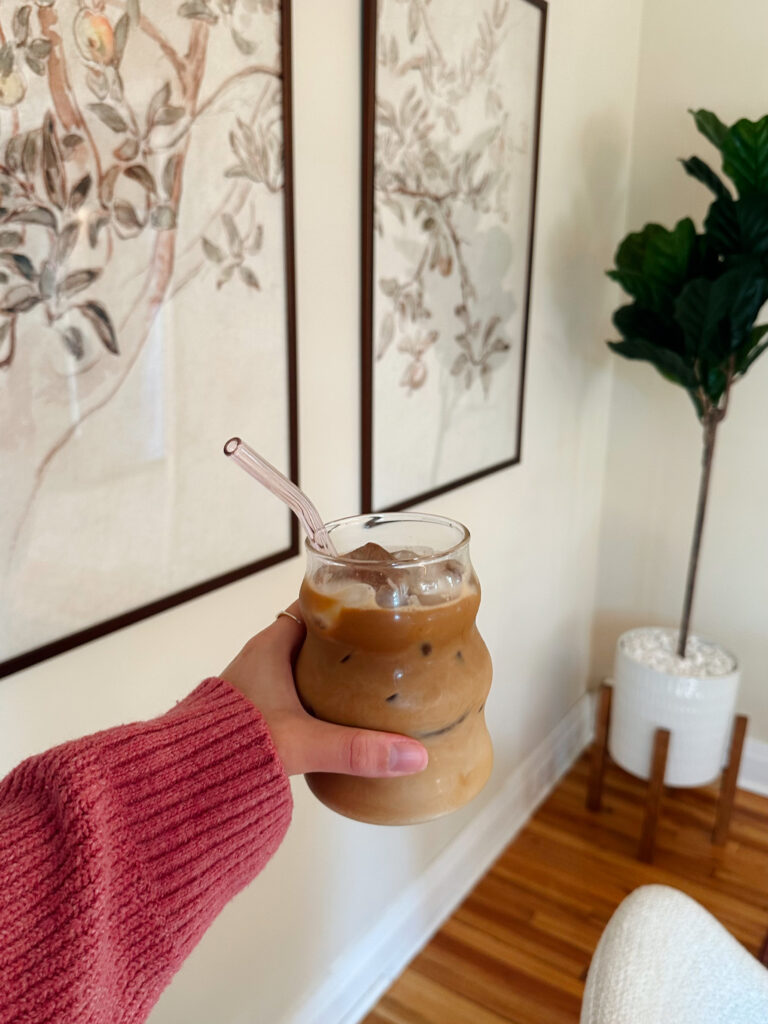Did you have a blast eating 100% plant-based during #ThePlantChallenge on April 22? That’s great! But can you do it again… every day?
Don’t be afraid: converting to veganism forever was not compulsory to take part in the challenge. In any case, such a significant change does not happen overnight. For a healthy, balanced and most importantly, no backsliding transition, I like to suggest to newbies to plan a plant-based menu at least twice a week… until it becomes a habit. Even I, a spokesperson for #ThePlantChallenge, am not 100% vegan. However, I love promoting this way of eating and especially… eating plants! Before revealing my secrets on the must-have foods to add to your grocery cart, I believe that you have the right to know the difference between a “vegan” and a “plant-based” diet:
First of all, the main difference is that “plant-based” is a more flexible term than “vegan.” Someone who defines themselves as “plant-based” does not always forbid themselves, unlike a vegan, to eat honey or to wear wool, for example. An individual who adopts a plant-based diet will indeed focus on fruits, vegetables, grains and nuts, but will not completely eradicate ALL animal products. Such a diet leaves more room for interpretation and tends to be more inclusive. Someone who eats eggs from the neighbor’s chicken coop occasionally may well identify as a “plant eater”, but not as a vegan! A vegan eliminates all animal products from their diet and clothing, regardless of the origin. They see veganism more as a lifestyle than a diet. The “plant-based” person therefore has more flexibility.
Now that we’ve got that out of the way, let’s get down to business. Here are the 5 foods you absolutely must keep in your kitchen if you want to become a plant-based eating pro.
Nutritional yeast:
Have you heard of nutritional yeast, or as I like to call it, gold dust? It’s a magical ingredient in plant-based cooking, sold for just a few dollars at the grocery store in the form of golden flakes. Far from making bread or cakes rise, this type of inactive yeast is composed of several cellular micro-organisms and tastes like umami… although it is often compared to parmesan! Indeed, nutritional yeast has a roasty nutty aroma and a cheesy taste… even if it is 100% vegan! I use it in all my salads and dressings, in my faux-cheesy sauces, on my raw vegetables, in my soups, and more. What’s more, you could hardly find a healthier plant-based product, since nutritional yeast is very rich in nutrients. It contains vitamin B12, an ingredient that is prized by vegans and normally found in animal products.
Plant based milk:
Many people, after childhood, consider that they do not really consume cow’s milk anymore. At least, not like before. Yet, if you put milk in your coffee, your tea, your cereal and your Sunday morning pancake mix… I’m sorry to say, but you are consuming milk. It’s so easy to replace dairy with a plant-based alternative that will satisfy you just as much… without the phenomenal amounts of GHGs that dairy production emits! Indeed, cow’s milk requires a lot of water and cultivable land… unlike oat, soy or almond milk which are much less greedy on that front. As for me, I love, no: I ADORE Earth’s Own Oat Milk… much more than cow milk! Creamy and slightly sweet, I now purposely eat cookies at night so I can pour myself a tall glass of milk on the side.
Different kinds of seeds and nuts:
Nuts and seeds are great protein options that are too often overlooked if you ask me. Packed with good fats and antioxidants, they help build good health. I like to put slivered almonds and roasted sunflower seeds in my salads, peanuts in my stir fries, cashews in my blender sauces and walnuts in my morning oatmeal! Each serving of nuts or seeds adds a little extra to each of my meals and gives me even more energy. An extra tip if you’re on a tight budget: go for sunflower and pumpkin seeds, which are much cheaper than nuts and often local! You can even take them directly from the pumpkins or other squash you buy in the fall! 😉
A variety of mushrooms:
Did you know that mushrooms are not vegetables? In fact, they are part of the fungi kingdom, or eukaryotes, and do not produce photosynthesis. In spite of themselves, they mimic the texture of meat and are highly prized by people who follow a plant-based diet. Oyster, shiitake, button and portobellos mushrooms are particularly versatile in the kitchen, especially since they provide an interesting source of proteins! And, let’s face it: is there a more decadent meal than linguine served with 5 or 6 different kinds of mushrooms, garlic, sage, and Earth’s Own culinary cooking cream? I DON’T THINK SO.
An array of spices and condiments:
When you’re vegan, you don’t mess around with flavors! When you marinate tofu, or sauté vegetables, you have some control over how your meal will taste. In doing so, I strongly suggest that you always keep in your pantry: nutritional yeast (of course), soy sauce (or tamari), garlic powder (you can never use too much!), maple syrup (also called brown gold), Dijon mustard (your salad dressings will take a whole new direction), ginger powder (or frozen ginger), as well as ketchup (yes, it will be your best friend in many Asian sauces)!
Of course, when you eat plant-based foods, you must also include on your grocery list: tofu, different legumes, a variety of vegetables… but I’m sure you already knew that! The important thing, when you cook without meat, eggs or cheese, is to let your creativity flow and not put any pressure on yourself!



